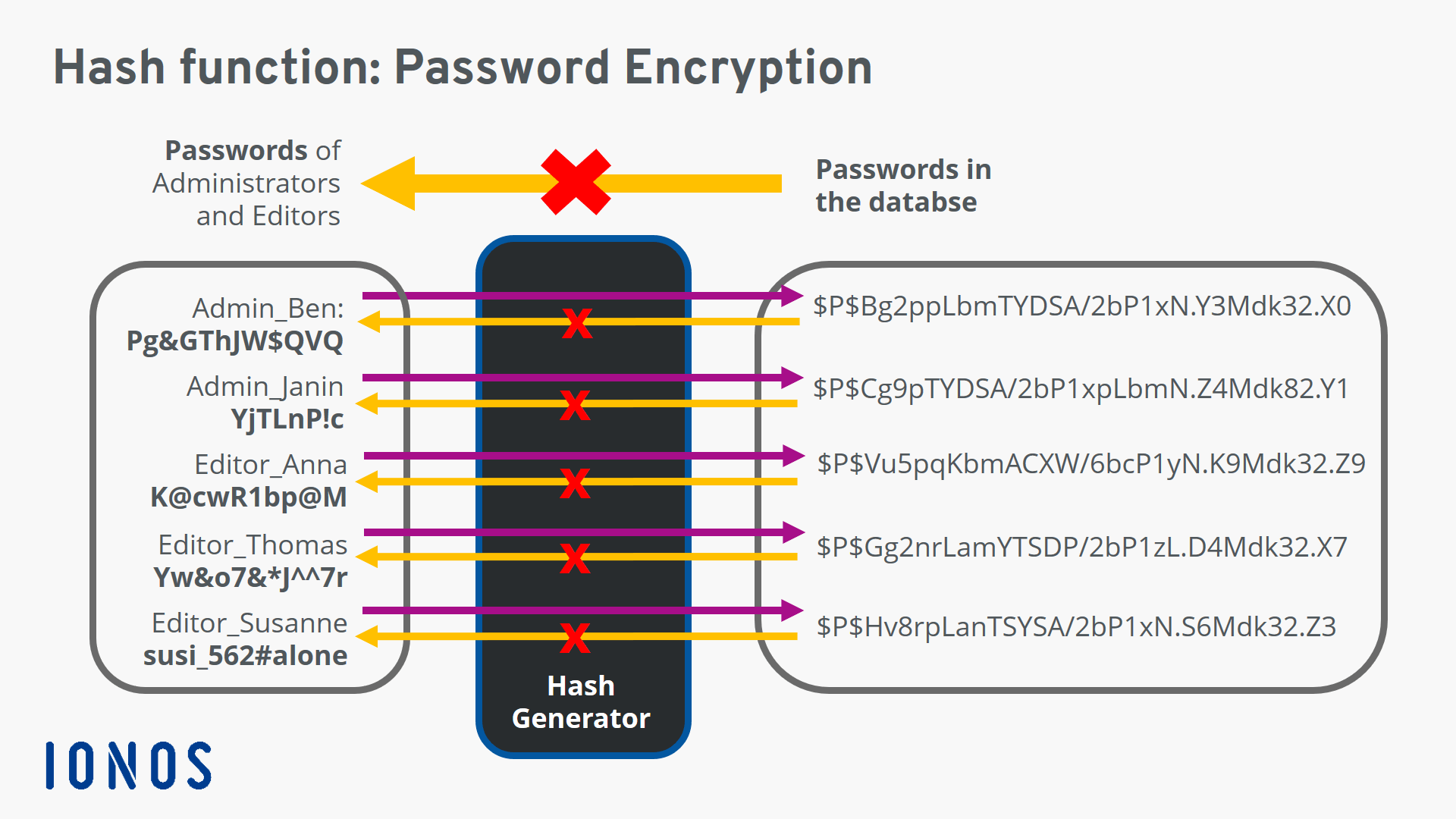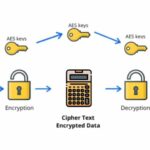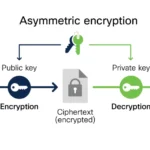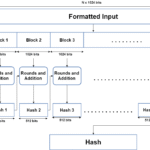In the vast digital landscape, where data is incessantly generated, the notion of file integrity is paramount. At the heart of this integrity lies a curious mathematical creature known as the hash function. While its primary purpose is to transform data into a fixed-size string of characters—essentially a digital fingerprint—it unwittingly invites peculiar phenomena, one of which is the intriguing occurrence of hash collisions. This article embarks on an analytical exploration of this phenomenon—when two distinct files share the same hash value, the implications are both profound and alarming.
The hash function serves as a guardian, ensuring that the slightest alteration in a file results in a drastically different hash value. Imagine a protagonist in a mystery novel, where every clue appears distinct, aiding the detective in piecing together the narrative. Yet, what happens when two seemingly unrelated clues lead to the same conclusion? This is the crux of hash collisions—an anomaly that exists in any function designed to map a vast domain (all possible inputs) to a smaller range (the hash outputs).
To comprehend the divergence of file identities sharing a hash value, we must delve into the mechanics of hash functions. Functions like SHA-256 and MD5 exemplify this concept, with each algorithm processing the input data through a series of complex operations to yield a hash. Yet, they cannot evade the humble limitations of finite representation. With a finite output size, the inevitable consequence is a pigeonhole principle scenario: a limitless number of files vying for a limited number of hash values, inevitably leading to collisions.
In essence, the collision reveals an unsettling duality. It highlights the limitations of our encoding systems—no matter how sophisticated, they cannot perfectly represent an infinite number of unique files. Picture a vast library where books are cataloged by a limited number of shelf spaces. As the librarian struggles to accommodate each new tome, some titles must share the same location. These duplicates might not be apparent at a cursory glance, but the repercussions of such an arrangement bear significant ramifications.
The theoretical foundation surrounding hash collisions invokes an array of legal and security considerations. In cryptography, an ideal hash function is designed to be collision-resistant; however, the existence of even a single collision calls into question the integrity and authenticity of digital information. For instance, when malicious actors exploit hash collisions, they can essentially masquerade malicious software as legitimate applications, leading to data breaches that compromise sensitive information. Such nefarious tactics exploit the very fabric of trust that society places in digital transactions, revealing the fragility of our reliance on technological safeguards.
Let us consider the world of digital signatures and certificates. In an era rife with cyber threats, hash functions form the foundation for these essential security components. Cryptographic signatures leverage hash functions to ensure that a document has not been tampered with after its creation. However, the moment a collision is discovered, the entire verification process unravels significantly. It becomes akin to a paintbrush imprint that misleads the observer into believing that two distinct masterpieces are, in fact, one and the same. The potential misrepresentation presents not just a theoretical quagmire, but a practical imperative to constantly evolve security measures.
However time and technology progress, the criminal mind retains its capacity for creativity, exploring hash collisions as a means of obfuscation. Consider the infamous hash collision attacks, such as the one unveiled in 2004 with the SHA-1 algorithm. Researchers found a means to produce two seemingly different files that generated the same hash, exposing vulnerabilities that had long evaded scrutiny. This incident catalyzed a significant transition within the cryptographic community, prompting a reevaluation of which hash algorithms should underpin modern security protocols and data integrity checks.
Despite the sobering implications of hash collisions, the phenomenon possesses a unique appeal, akin to a puzzle with unexpected twists. The realization that two different inputs can yield the same output opens avenues for creativity and innovation in the field of computer science. It allows for the continuation of benevolent experimentation and explorations into creating more secure hashing methods, reinforcing the iterative nature of technological advancement.
To mitigate the risks associated with hash collisions, developers are compelled to adopt multifaceted strategies. Transitioning from older algorithms to newer, more robust ones remains essential. The cryptographic community must remain vigilant, actively researching hash functions that balance efficiency with improved collision resistance. Furthermore, establishing standards that promote the periodic evaluation of hashing algorithms will ensure that those in use remain relevant against evolving threats.
In conclusion, the hijinks of hash functions, particularly through the lens of collisions, conjure a complex tapestry of intricacies characterized by duality. The ballet between digital identity and mathematical limitations underscores the importance of continual vigilance within the realms of cybersecurity. As the digital domain expands, so does the imperative for enhancement in our hash function methodologies, ensuring that the dance of two files pretending to be the same remains confined within theoretical exploration rather than practical application. In navigating this terrain, we must remain ever-cognizant of the tension and fragility that accompanies innovation, ensuring that trust in digital interactions remains an attainable goal.









Leave a Comment